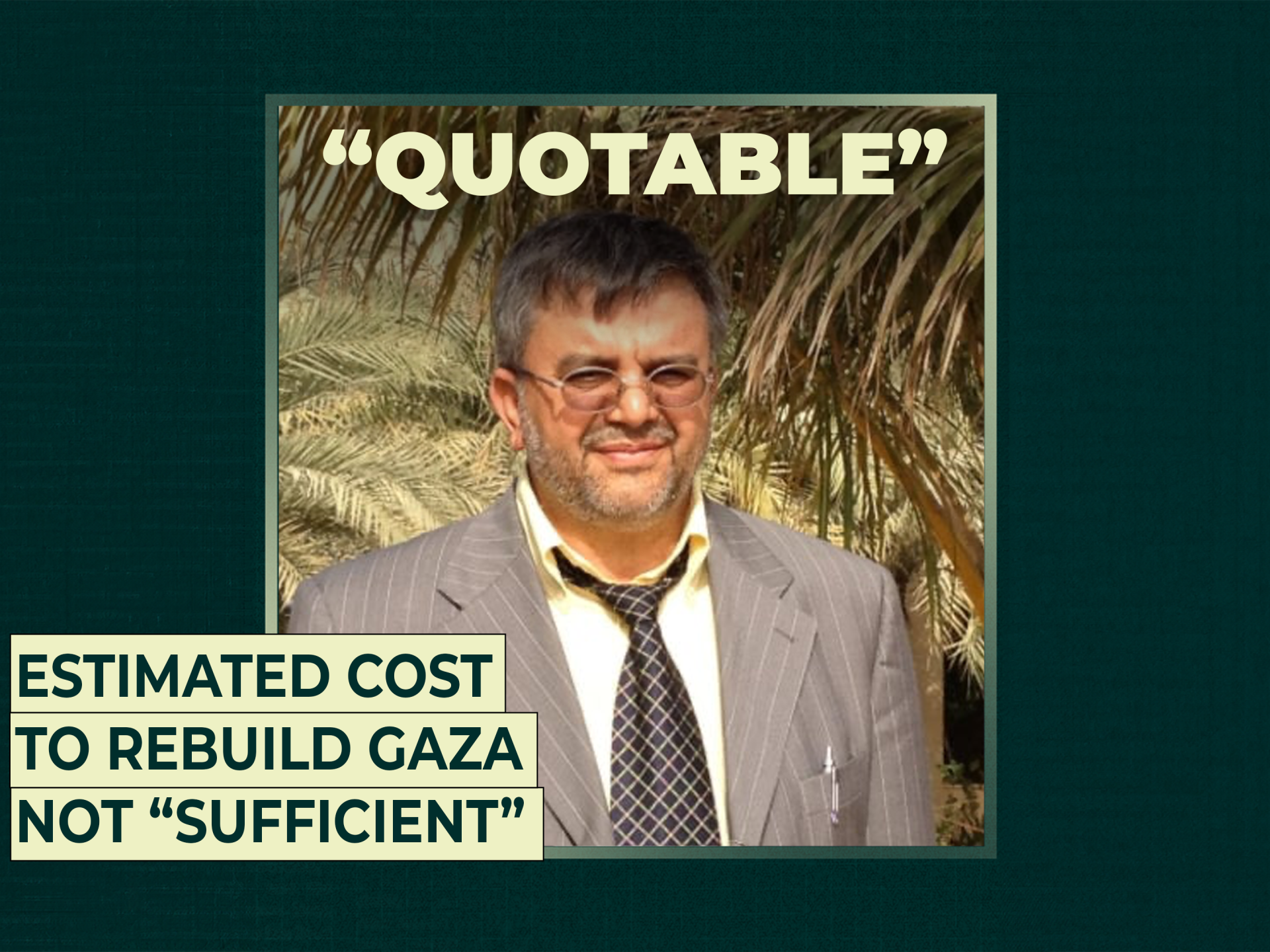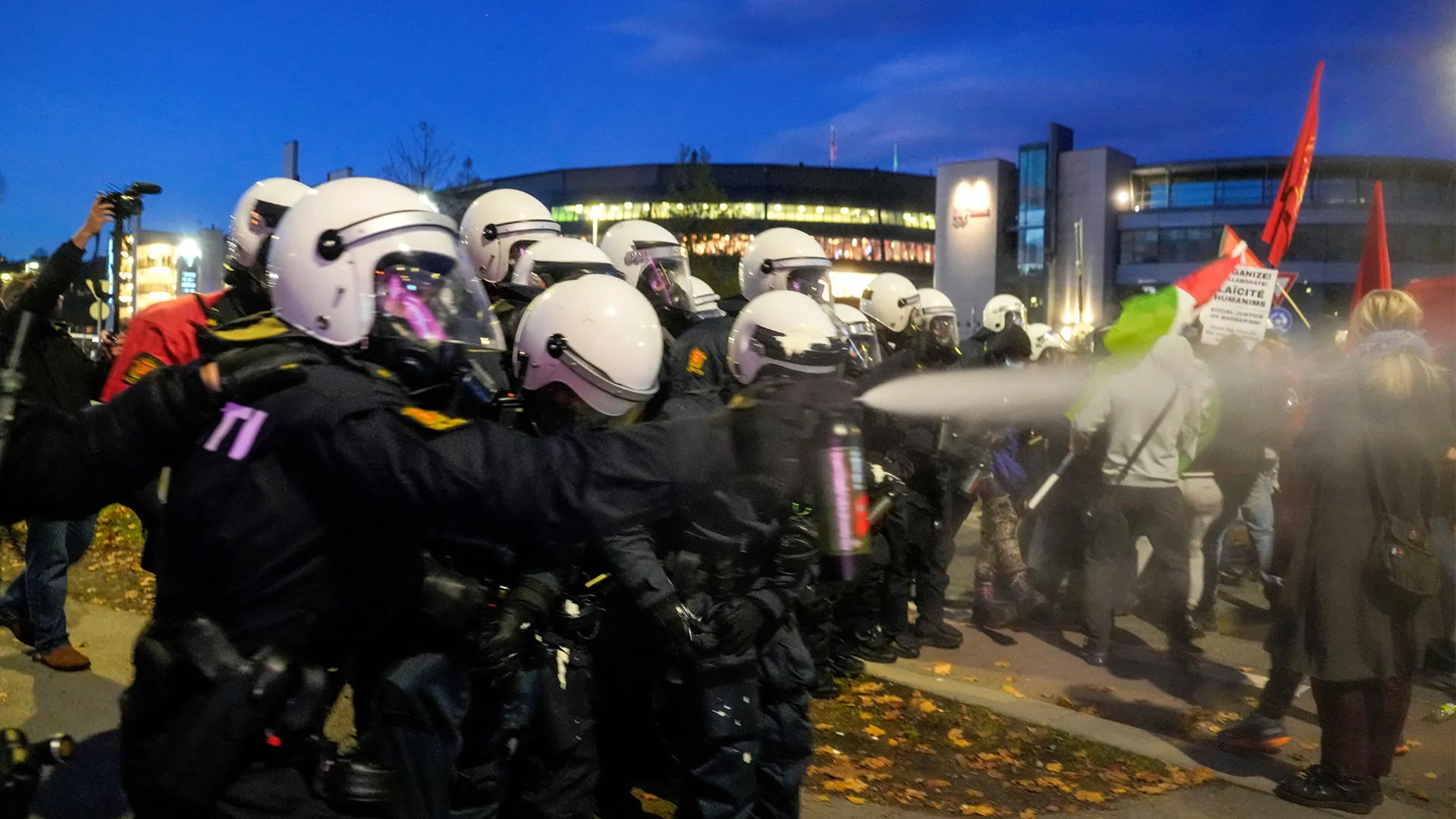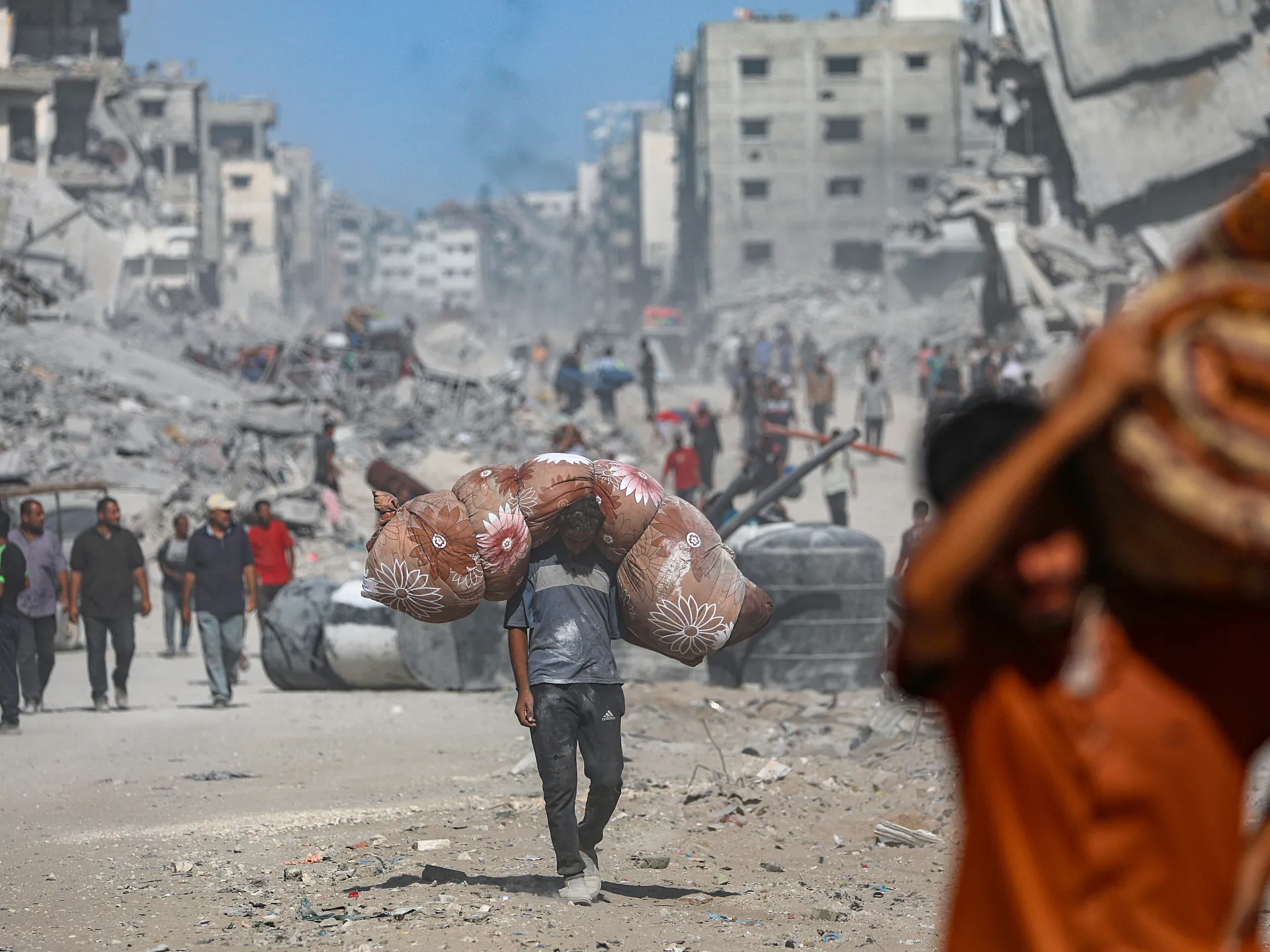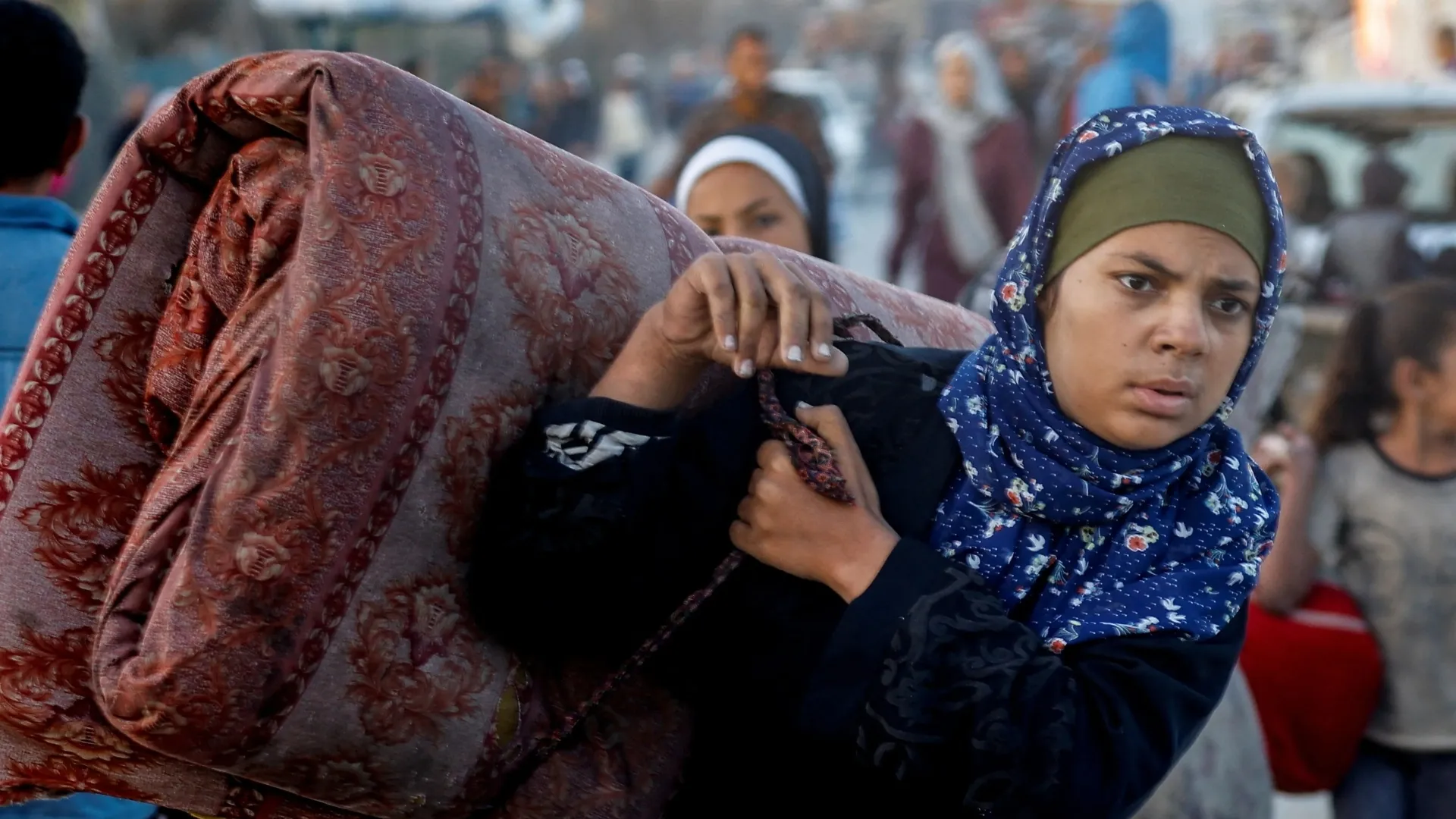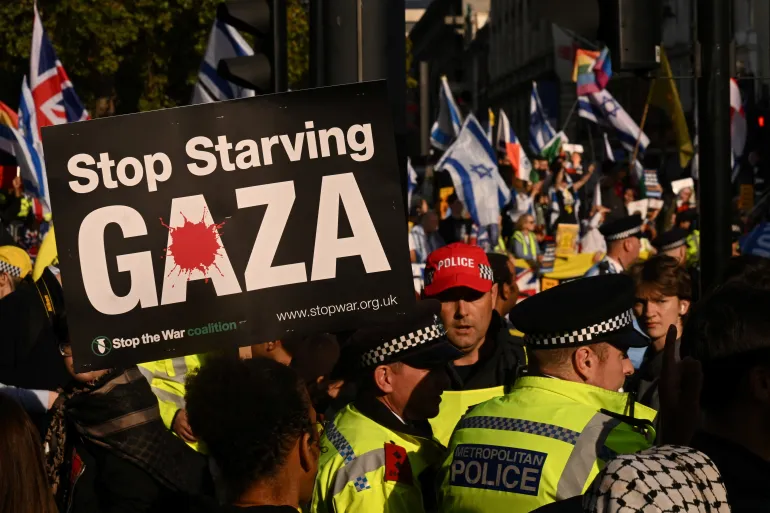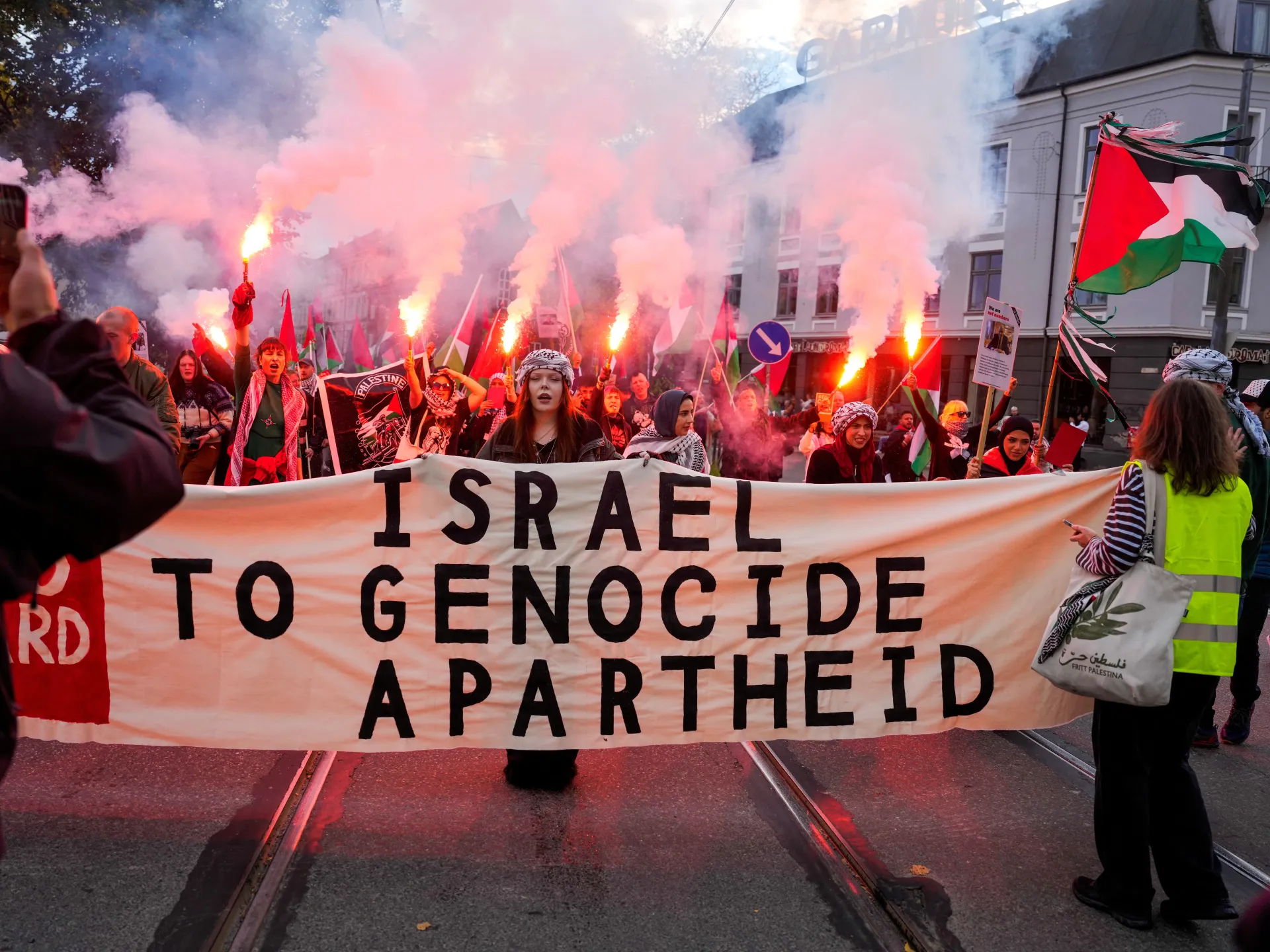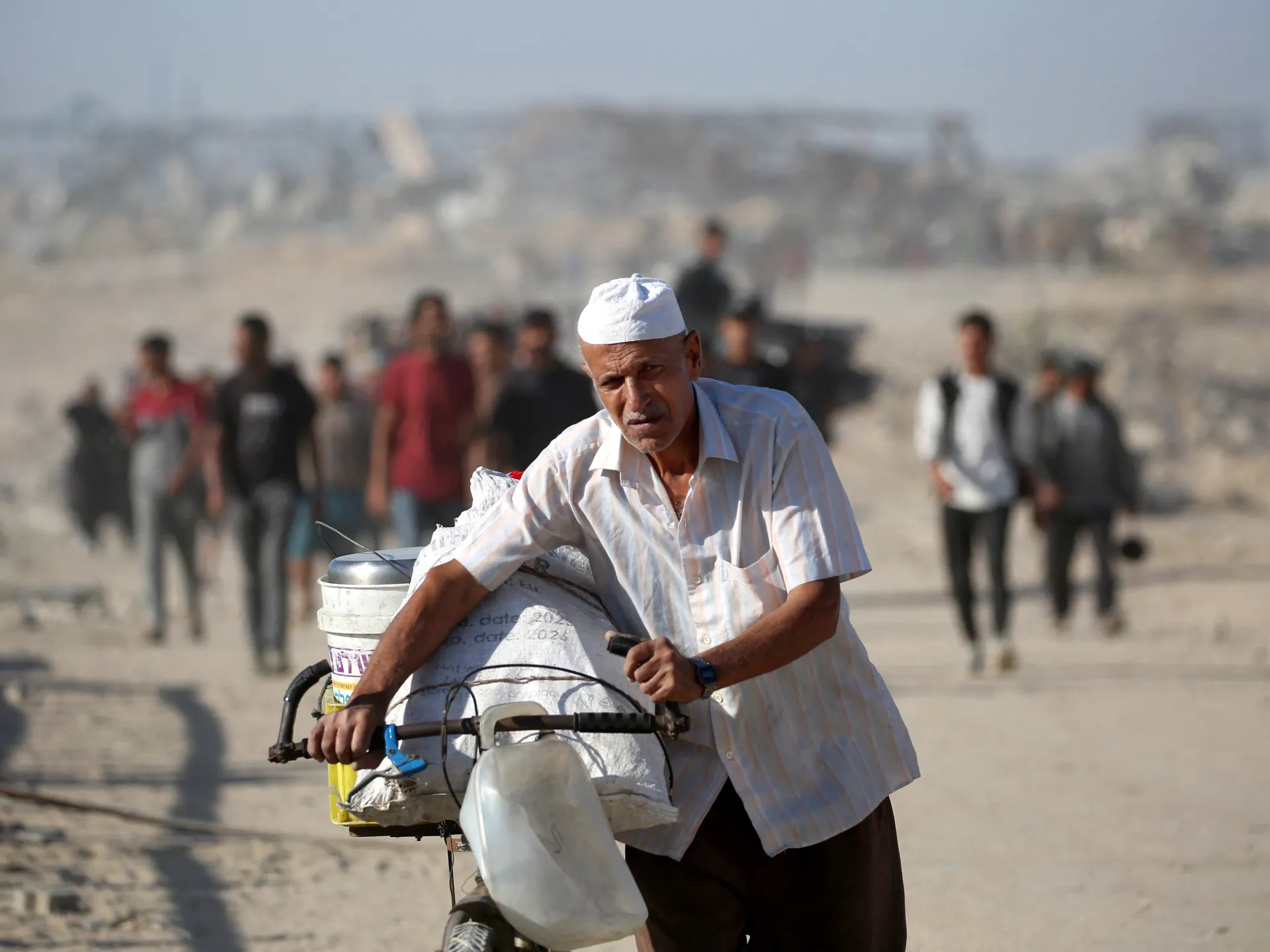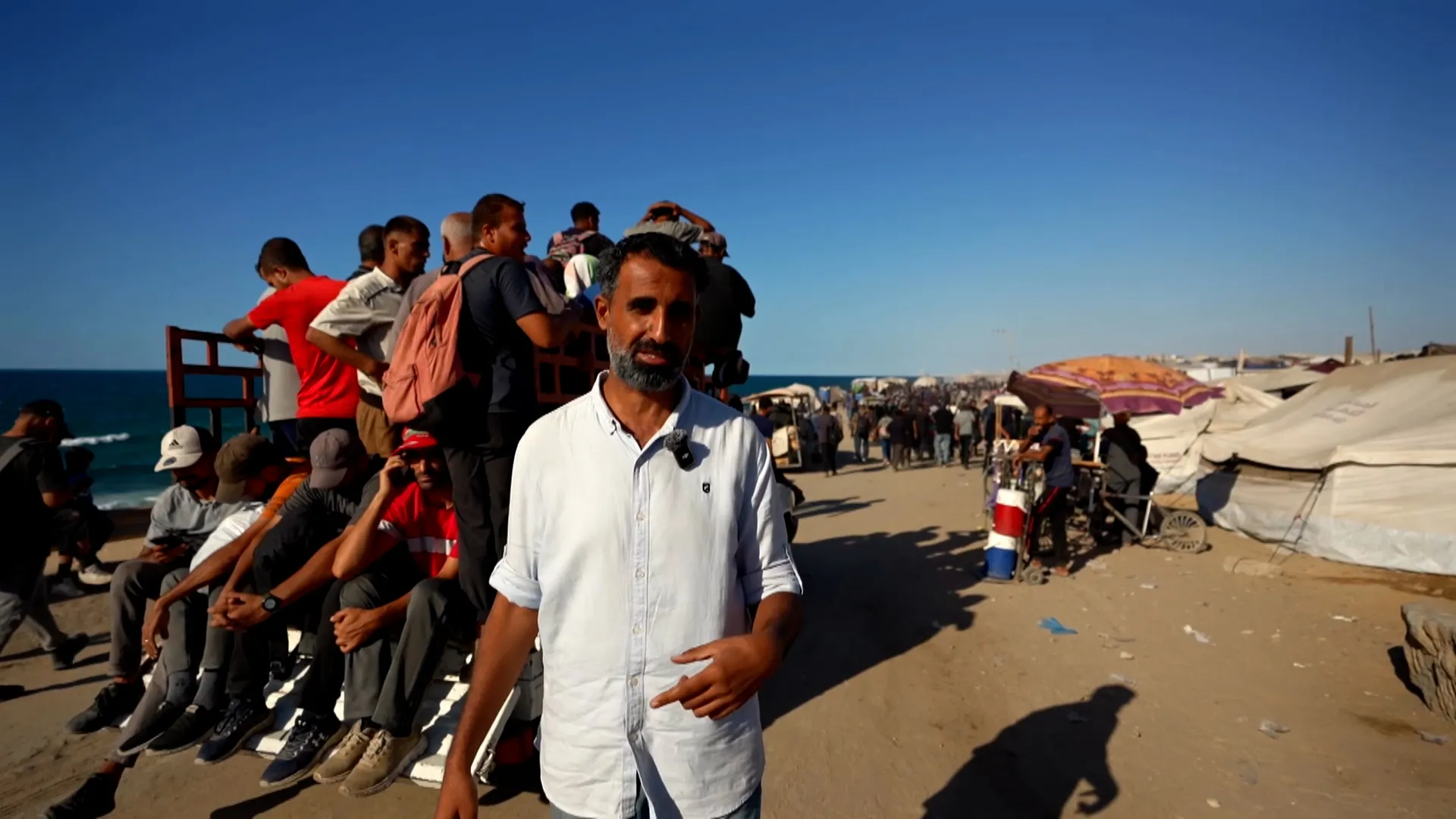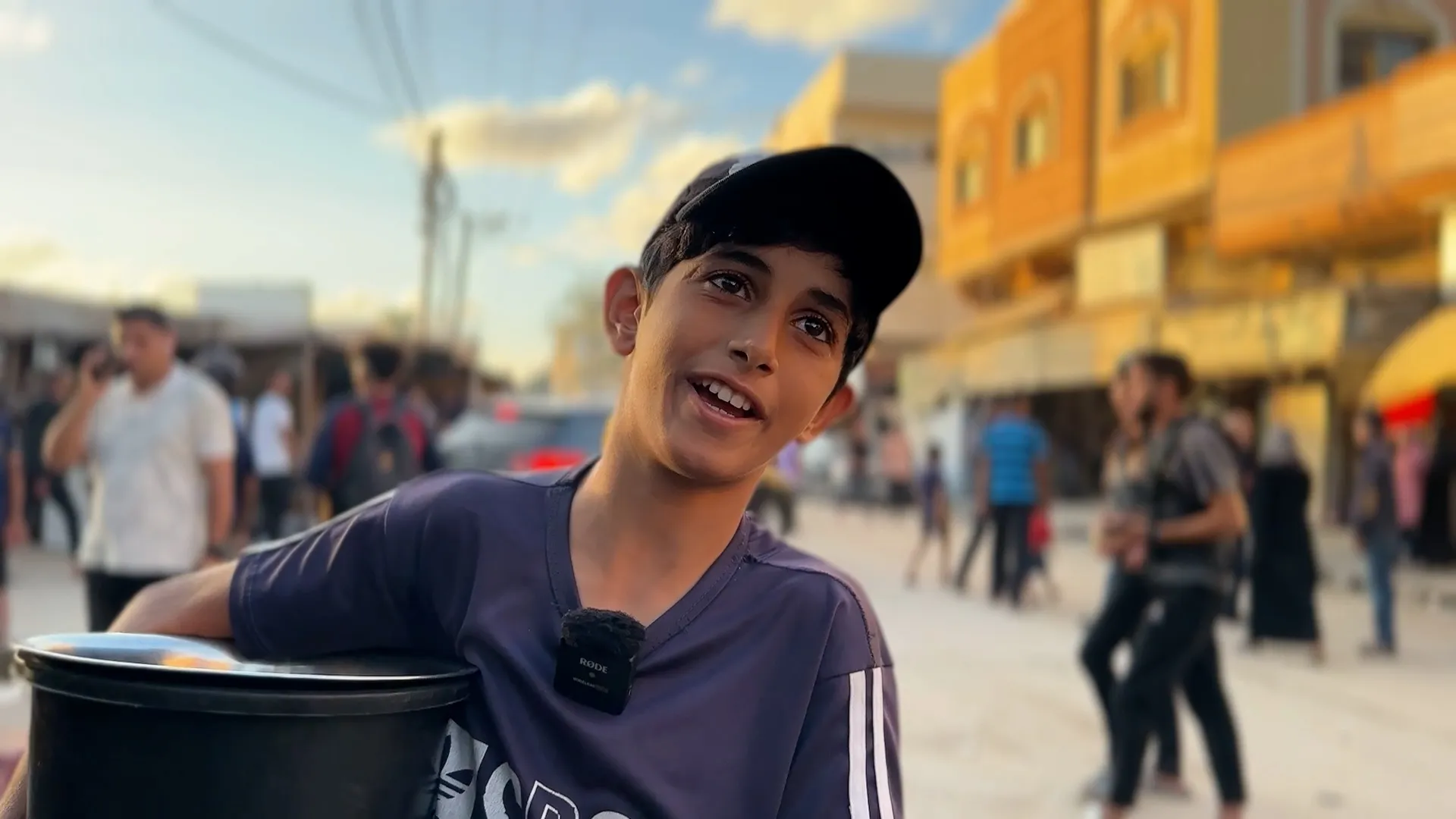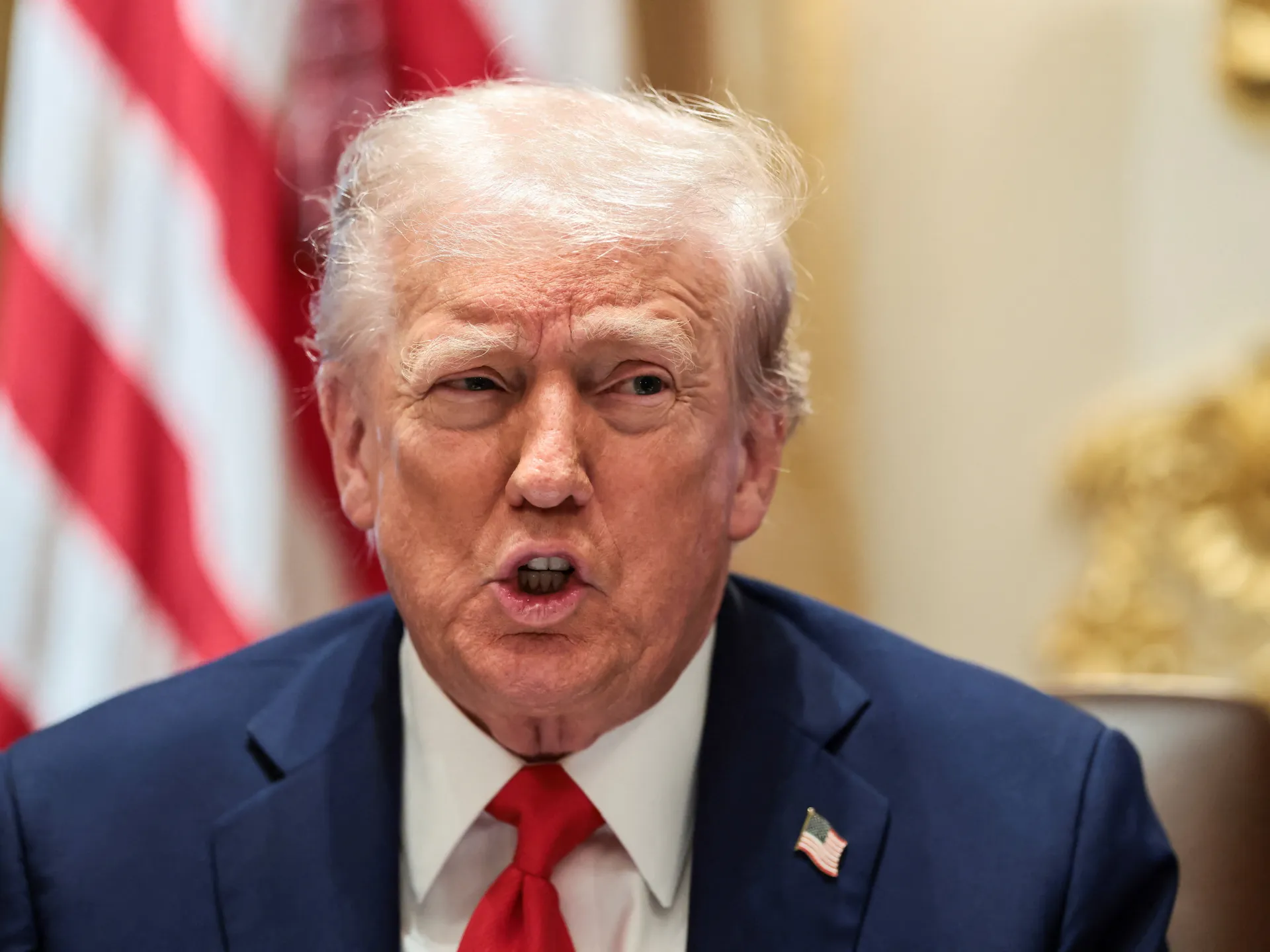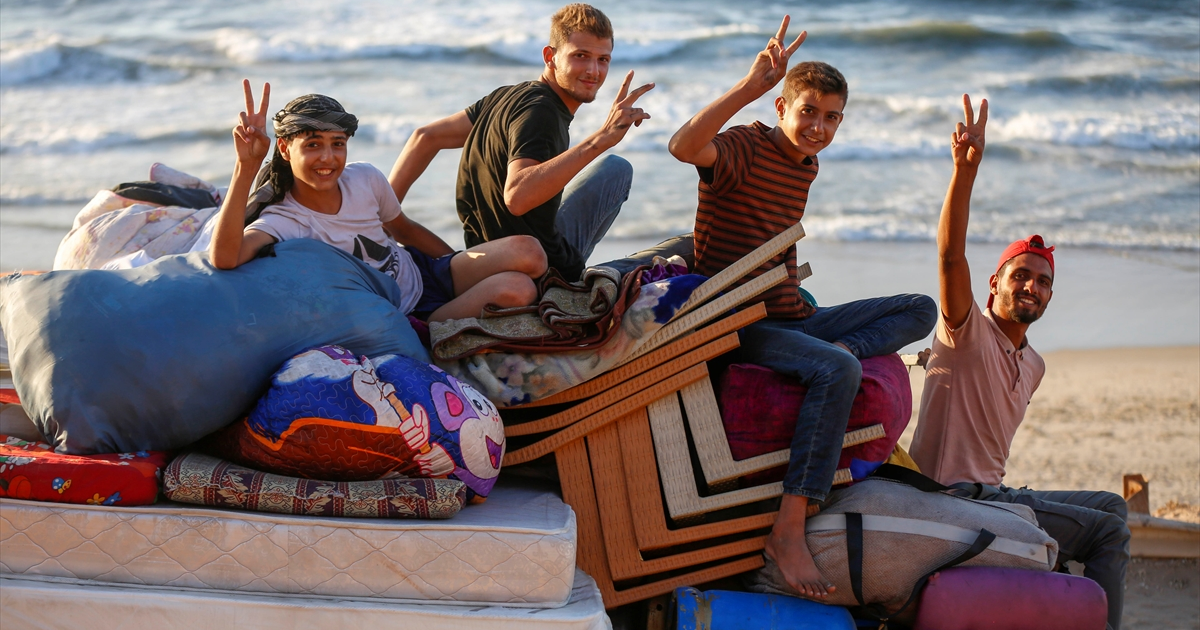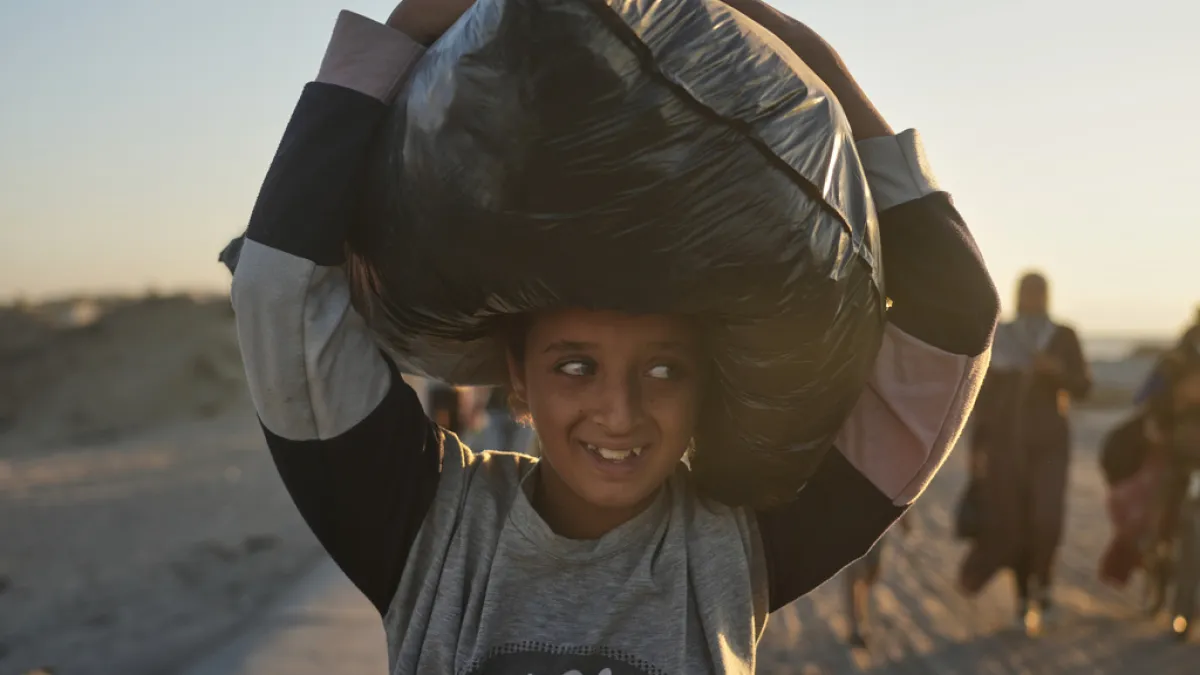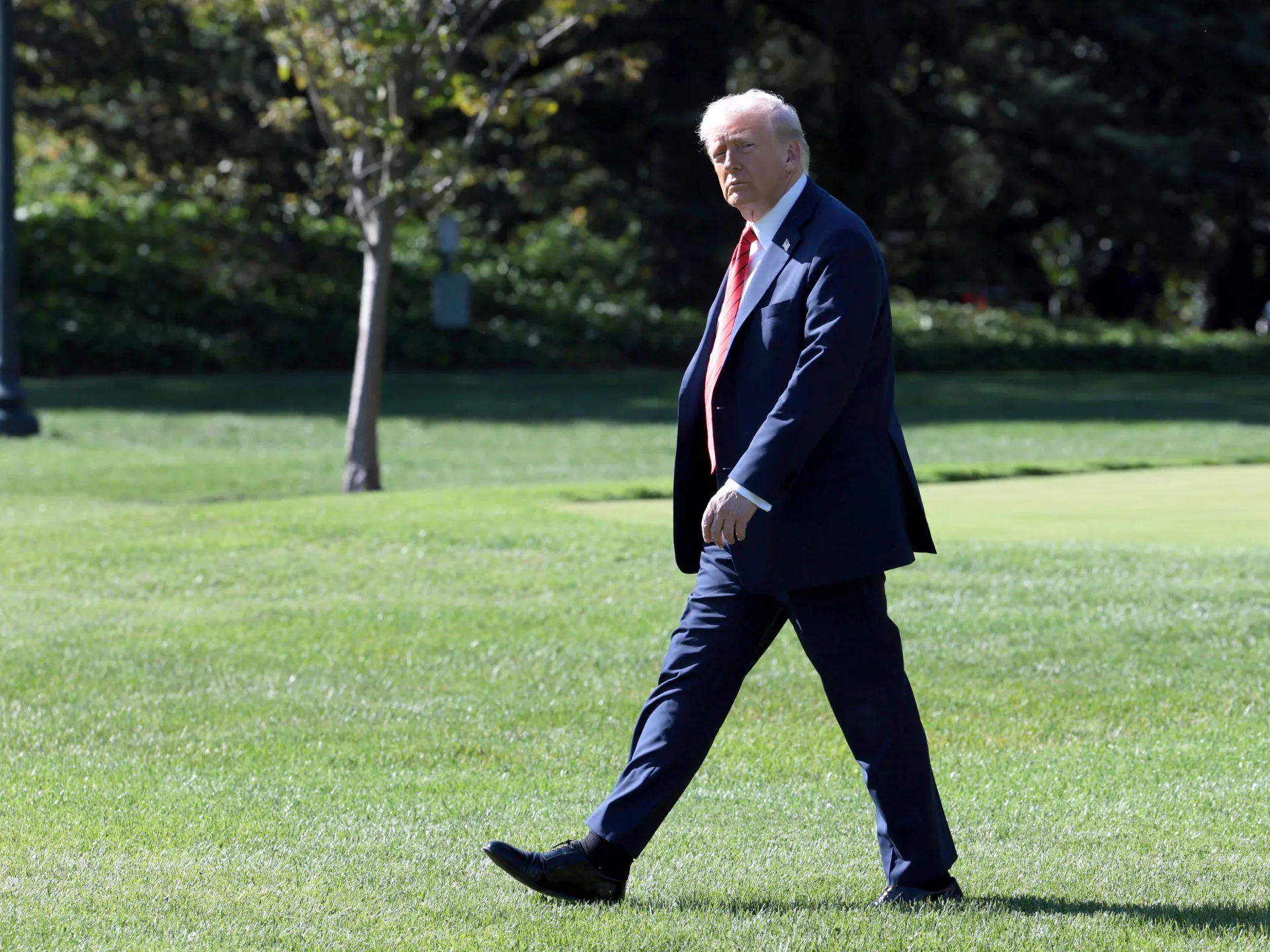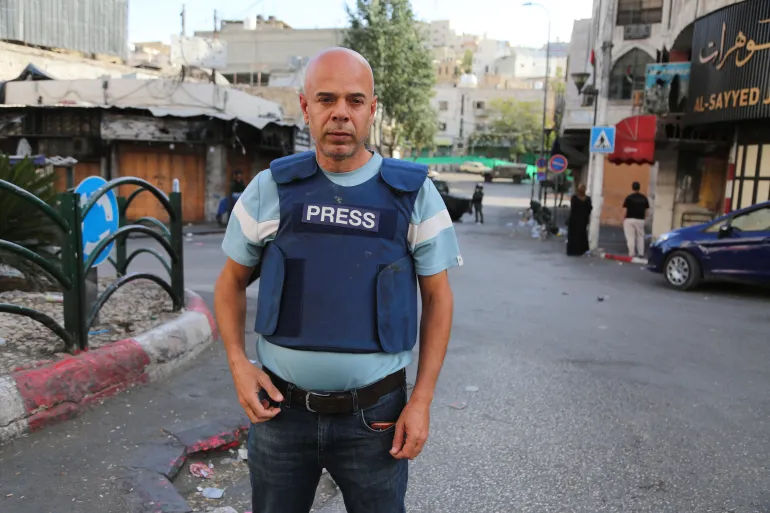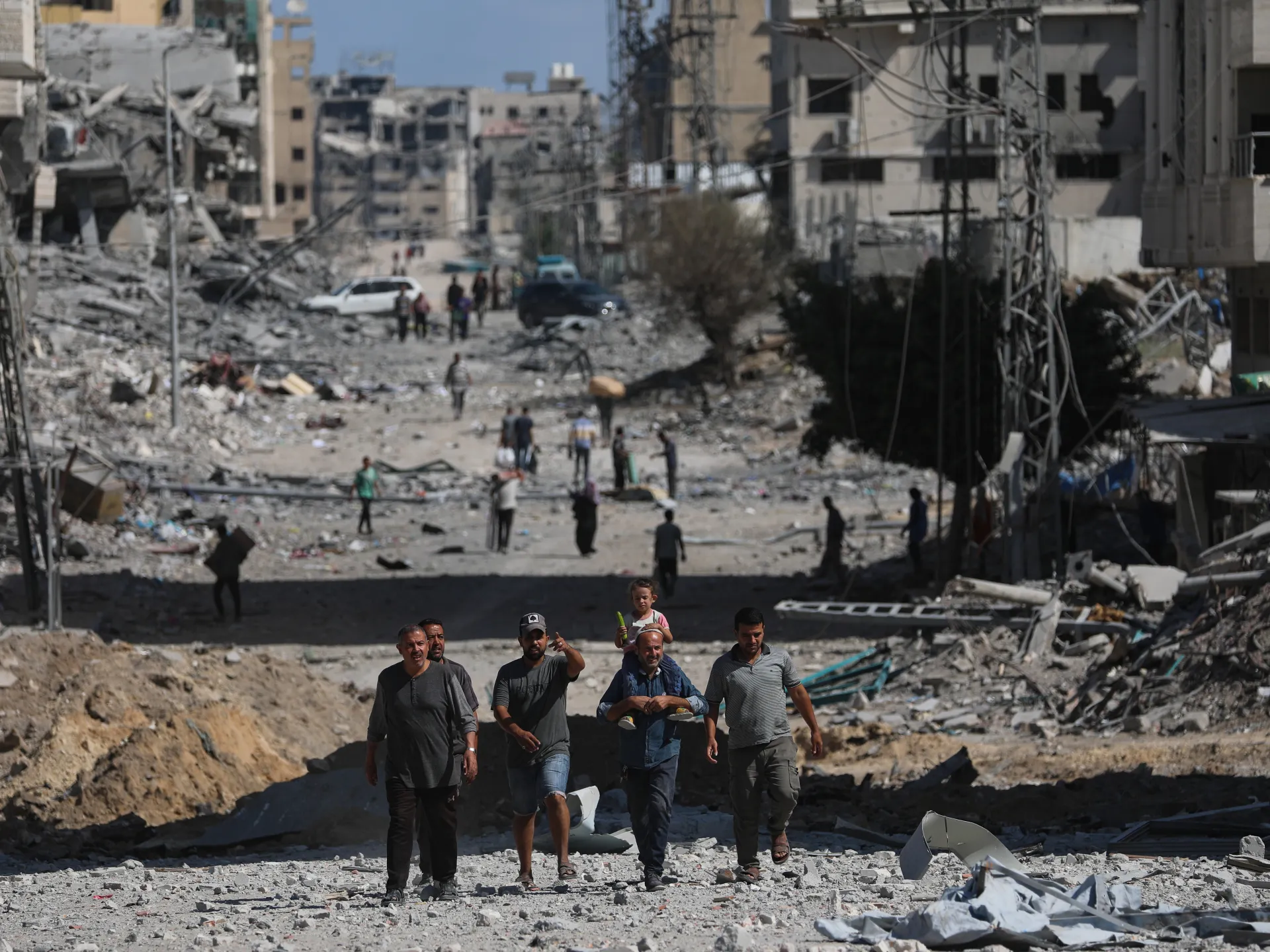Donald Trump and Egyptian President Abdel Fattah el-Sisi will chair an international summit to discuss the US president’s proposal to end Israel’s war on Gaza in Sharm el-Sheikh on Monday.
The meeting will involve leaders from more than 20 countries, the Egyptian presidency said in a statement on Saturday.
Recommended Stories
list of 3 itemsend of list
It will aim “to end the war in the Gaza Strip, enhance efforts to achieve peace and stability in the Middle East, and usher in a new era of regional security and stability”, the statement said.
United Nations Secretary-General Antonio Guterres and United Kingdom Prime Minister Keir Starmer said they would attend, along with Italy’s Giorgia Meloni and Pedro Sanchez of Spain. French President Emmanuel Macron has also confirmed his attendance.
It was not immediately clear whether Israeli Prime Minister Benjamin Netanyahu, or any representatives of the Hamas Palestinian group, would attend.
The announcement comes as tens of thousands of Palestinians streamed north along the coast of Gaza, by foot, car and cart back, to their abandoned and mostly destroyed homes in the Strip, as a ceasefire between Israel and Hamas appeared to be holding.
Israeli troops partially pulled back under the first phase of a US-brokered agreement reached this week to end Israel’s war on Gaza, which has killed more than 67,000 people and left much of the famine-struck enclave in ruins.
Al Jazeera’s Hani Mahmoud, reporting from Gaza City, said that the ceasefire “ended one form of violence, but the struggle continues”.
“People walk this exhausting, tiring journey back here [in the north] because they belong here. They keep telling us that they belong to this part of the Palestinian territory of the Gaza Strip, and they will never be uprooted from here,” Mahmoud said.
“But spending a night here is going to be very difficult,” he said. “The struggle to survive continues to present itself in the most aggressive way, not each day but each hour.”
Gaza’s Government Media Office has said that 5,000 public operations have been carried out after the ceasefire came into force to improve the lives of Palestinians in the enclave.
Among them are more than 850 rescue and relief missions carried out by the Gaza Civil Defence, police and municipal teams to recover bodies, remove rubble and secure destroyed areas.
About 150 bodies have been recovered from various areas across the enclave since Friday morning, the Civil Defence said. Separately, Nasser Hospital reported that 28 bodies were recovered from southern Gaza’s Khan Younis alone.
More than 900 service missions to restore water and sewage lines have also been carried out, the agency added.
These missions are being carried out with the bare minimum of resources as Israel’s blockade on Gaza remains in place, restricting the entry of fuel and equipment. During the genocide, Israeli attacks destroyed ambulances, fire trucks and civil defence centres, further crippling emergency and recovery efforts across the enclave.
The mayor of Khan Younis said that 85 percent of the southern Gaza governorate has been destroyed by Israeli attacks, adding that about 400,000 tonnes of rubble must be removed from the city’s streets.
Calls for crossings to open
Aid groups have also urged Israel to reopen more crossings to allow aid into Gaza.
The World Food Programme (WFP) said it was ready to restore 145 food distribution points across the territory, once Israel allows for expanded deliveries. Before Israel completely sealed off Gaza in March, United Nations agencies provided food at 400 distribution points.
“What is most important now for us to reach the north is crossings to be opened,” Antoine Renard, a WFP representative and the country director for Palestine, told Al Jazeera from Deir el-Balah.
He explained that in a previous ceasefire in January, the WFP had enabled “practically a third of all the different goods that managed to enter into Gaza”.
“The conditions should be the same 1760225956. We expect that the good practices that we had in January 2025 will be again applied in this ceasefire,” Renard said.
Izzat al-Risheq, a member of Hamas’s political bureau, said the group is working with “friendly countries” to ensure the entry of aid into Gaza, “despite the massive destruction caused by the war”.
UNICEF spokesperson Tess Ingram said on Saturday that the children’s agency expects to significantly scale up supplies of high-energy food for malnourished children, menstrual hygiene supplies and tents, starting on Sunday.
Meanwhile, Israeli captives held in Gaza by Hamas and other armed groups are expected to “come back” on Monday, US President Trump said, with 20 living captives and the bodies of 28 others due to be handed over as part of the ceasefire deal.
In exchange, Israel is due to release some 250 Palestinians held in Israeli prisons, as well as about 1,700 people detained from Gaza over the past two years of war and held without charge. The Israel Prison Service said that detainees have been transferred to deportation facilities at Ofer and Ktzi’ot prisons, “awaiting instructions from the political echelon”.
In past exchanges, Israel has delayed the release of Palestinian prisoners and subjected them to harsh treatment, including physical abuse, humiliation and restrictions on family contact, before eventually releasing them. Rights groups have documented numerous cases of Palestinians arriving in dire health conditions after prolonged interrogation and detention without charge or trial.
In Tel Aviv, tens of thousands of people gathered in Hostages Square after two years of protests led by family members of captives calling for their return.
Trump’s son-in-law, Jared Kushner, and his daughter, Ivanka Trump, took the stage in the square with the US Middle East envoy, Steve Witkoff, who played a key role in the ceasefire negotiations.
“I dreamed of this night. It’s been a long journey,” Witkoff said. Some yelled, “Thank you, Trump, thank you Witkoff”, and booed when the envoy mentioned Israeli Prime Minister Netanyahu.
Turning to the captives, Witkoff said: “As you return to the embrace of your families and your nation, know that all of Israel and the entire world stands ready to welcome you home with open arms and endless love.”
Al Jazeera’s Hamdah Salhut said that Israeli captives’ families credit Trump for the deal, not Netanyahu.
“The family members of captives have no faith in their government, no faith in the Israeli prime minister, whom they accused of prolonging the war for his own personal and political gain,” Salhut said.
“The cheers for [Trump] and for Steve Witkoff come because the family members and those who are protesting say this happened because of the Americans.”
